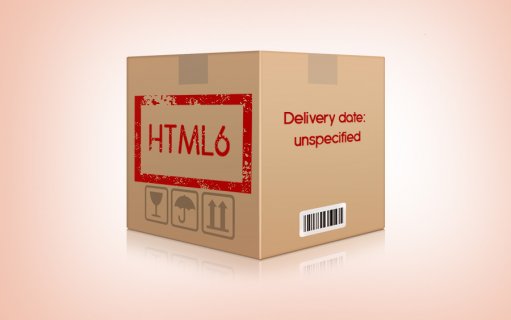
HTML5 new tags
HTML5 brings a host of new elements and attributes to allow developers to make their documents more easily understood by other systems (especially search engines!), display data more uniquely, and take on some of the load that has required complex JavaScript or browser plug-ins like Flash and Silverlight to handle. Here are 10 new items in HTML5 that will make it easier for you to write your Web sites.
1: and
One of the biggest uses for Flash, Silverlight, and similar technologies is to get a multimedia item to play. With HTML5 supporting the new video and audio controls, those technologies are now relegated to being used for fallback status. The browser can now natively display the controls, and the content can be manipulated through JavaScript. Don't let the codec confusion scare you away. You can specify multiple sources for content, so you can make sure that your multimedia will play regardless of what codecs the user's browser supports.
2: type attributes
The venerable element now has a number of new values for the type attribute, and browsers do some pretty slick things depending on its value. For example, set type to "datetime" and browsers can show calendar/clock controls to pick the right time, a trick that used to require JavaScript. There is a wide variety of type attributes, and learning them (and the additional attributes that go with some of them) will eliminate the need for a lot of JavaScript work.
3:
The tag gives HTML a bitmapped surface to work with, much like what you would use with GDI+ or the .NET Image object. While isn't perfect (layers need to be replicated by using multiple canvas objects stacked on top of each other, for example), it is a great way to build charts and graphs, which have been a traditional weak spot in HTML, as well as custom graphics. And that is just a start!
4: and
The and tags are two of the new semantic tags available. These two tags do not get you anything above and beyond for the actual display. But they will reap long-term rewards for your search engine efforts, since the search engines will be able to tell the difference between "content" and things that are important to the user but that aren't the actual content.
5: and
The and tags are two more semantic tags that will boost your search engine visibility. Articles can be composed of multiple sections, and a section can have multiple articles. Confusing? Not really. An article represents a full block of content, and a section is a piece of a bigger whole. For example, if you are looking at a blog, the front page might have a section for the listing of all the posts, and each post would be an article with a section for the actual post and another for comments.
6:
The new tag is unique, in that it expects its content to be generated dynamically with JavaScript. It has a value attribute, which can be manipulated through the DOM with JavaScript to change what is displayed on the screen. This is much more convenient than the current ways of doing things.
7:
It seems like every Web site needs to have an expanding/collapsing block of text. While this is easy enough to do with JavaScript or server-side code, the tag makes it even easier. It does exactly what we've all been doing for years now: makes a simple block that expands and collapses the content when the header is clicked. The tag does not have widespread support yet, but it will soon.
You might also like
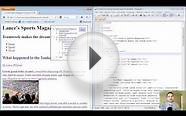
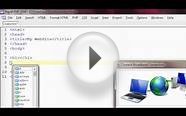


|
HTML5 Mobile Application (MobileBeez)
|

|
HTML 5 Web Design Software Training on 2 DVDs, 12 Hours in 129 Computer Video Lessons Software (How To Gurus)
|
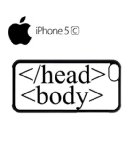
|
HTML tag code Head Body Mobile Cell Phone Case Cover iPhone 5c Black Wireless (PerkyFashion)
|

|
Learn HTML5 and CSS by GoLearningBus Mobile Application (WAGmob (Simple 'n Easy))
|
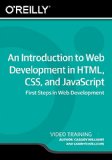
|
An Introduction to Web Development in HTML, CSS, and JavaScript [Online Code] Digital Software
|





